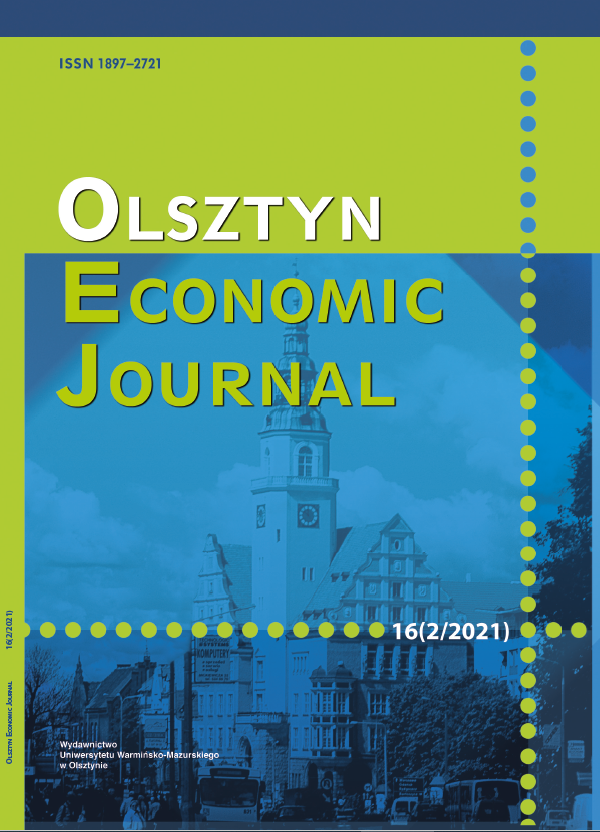STRUCTURE OF ASSETS AND LIABILITIES
OF NON-FINANCIAL CORPORATIONS
BY SELECTED NACE SECTIONS
STRUCTURE OF ASSETS AND LIABILITIES
OF NON-FINANCIAL CORPORATIONS
BY SELECTED NACE SECTIONS
Author(s): Agnieszka ZawadzkaSubject(s): Business Economy / Management, Marxist economics
Published by: Wydawnictwo Uniwersytetu Warmińsko-Mazurskiego w Olsztynie
Keywords: assets; liabilities; non-financial corporations; Median Weber; PROFIT;
Summary/Abstract: Experience from nations with established market economies demonstrates that small andmedium-sized businesses are more inventive and able to respond to client demands and needs morequickly than giant businesses. Many publications produced by the EU institutions emphasize theircrucial function. Small- and medium-sized enterprises (SMEs) reflect a society’s entrepreneurialspirit and a sign of healthy competition in every economy. However, these businesses have numerousgrowth constraints in a setting that is changing quickly. At first, it is not simple. Due to the higherrisk that start-ups face compared to larger corporations, they have difficulty obtaining fundingfrom traditional sources and SME enterprises experience an equity gap. As a result, having accessto finance has become crucial to expanding and competing in a particular market. In accordancewith the accepted legal norms, the receiver is required to comply with the conditions set forth bythe capital donor-recipient to be able to access external sources.One of the most significant influences on a company’s ability to fulfil current obligations in fulland generate adequate financial results is adherence to the fundamentals of asset financing, whichhighlight, among other things, the structural relationships in a company’s balance sheet. The purposeof the analysis presented in this text is to identify differences in the structure of assets and liabilitiesbetween selected NACE sections of non-financial corporations in 2021 year. All analysed assetsand liabilities are characterized by very strong asymmetry. Therefore, the outlier effect has beenstandardized using Weber median. Further statistical analyses used Kruskal-Wallis non-parametricANOVA test to determine the similarity between assets and liabilities of selected NACE sections.The analysis showed that there are no significant differences in the assets and liabilities of thedifferent NACE sections.The PROFIT analysis allowed for a graphical representation of the structure of the similaritiesbetween the NACE sections analysed and their arrangement due to the intensity of the assets andliabilities. As regards the NACE sections analysed, three homogeneous groups can be distinguished,of which industry and trade constitute two of them and the others – the third. It has been shownthat the industry section is characterized by the highest intensity in both assets and liabilities.
Journal: Olsztyn Economic Journal
- Issue Year: 17/2022
- Issue No: 2
- Page Range: 191-211
- Page Count: 22
- Language: English

